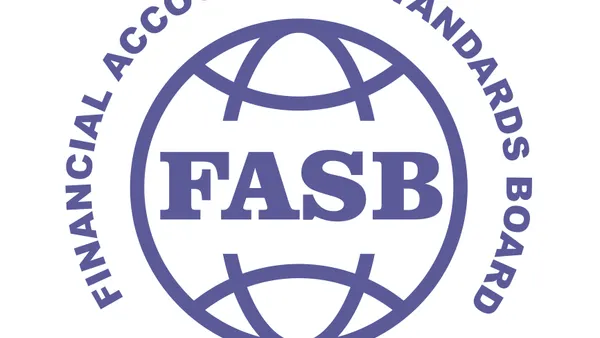Mike Beach is CFO of Chargebee and Liz Armbruester is senior vice president of global compliance at Avalara. Views are the authors' own.
The subscription-based business model has been around for decades, dating back to the days of monthly book deliveries and auto clubs. However, in today’s digital-first economy, businesses not typically associated with selling on a subscription basis, including clothing retailers and meal providers, have embraced the model.
But by embracing the model, they’re also embracing the increased sales tax risk that comes with it. And because subscriptions are recurring, that risk is also recurring — and compounding.
To avoid sales tax risk, you need to be aware of a complex mix of factors, starting with what’s known as nexus — where your sales tax liabilities lie. Many factors can create an obligation to collect sales tax, including goods stored in warehouses, location of the customer and more.
Another tax compliance consideration is interpretation of vague rules by states, counties and cities. There are more than 13,000 sales and use tax jurisdictions in the United States, and how they apply rules can differ widely.
Consider the very different sales tax rules for software and software-as-a-service (SaaS). In the U.S., software and SaaS products and services are taxed 450 ways across 45 categories. The wide range stems from jurisdictions trying to keep up with changing technology. As soon as jurisdictions determine how to tax one type of product or service, a new type or change arises, leading to more question marks. The complexity increases further for international businesses servicing customers across borders.
The delivery model — physical or digital — might also impact the taxability of software products, as some states tax physical sales of software, but digital sales are exempt. Where tax applies to digital sales, it can be difficult to determine the proper rate to charge because rates can be based on the location of the customer, the vendor or even the server.
The next big consideration is the appropriate sales tax rate to apply. Sales tax rates vary from street to street in some jurisdictions, so understanding the rate precise to a customer’s location is key. For instance, the tax rate is different if the customer is buying in downtown Seattle versus elsewhere in Washington state.
Some states have additional tax rules applied to how a product is provided, so understanding additional nuances impacts tax calculations. There are often different tax rates depending on how the product is prepared. If the customer ordered a bagel subscription and wants the bagels to come sliced versus whole, then the tax can likely vary. The same applies to how products are manufactured and what ingredients go into them.
Predictable revenue, greater risk
All this complexity increases exponentially with a subscription billing model. With mass subscriptions being shipped out each month, subscription businesses are faced with the challenge of being sure that tax rates are up to date based on address validation and other factors. Some of the businesses might be too small to have a tax team in place. Even for those with a tax team, keeping up with highly complex, ever-changing regulations is resource-intensive. Ultimately, the responsibility falls on the CFO or person in charge of revenue, who must manage tax liabilities and protect against penalties.
Although recurring billing models are attractive, one often overlooked component is the substantial sales tax compliance risk faced by companies using this model. In most cases, recurring billing translates into a recurring source of sales tax woes. Tax may seem simple enough, but the work required to track changing rules, rates, boundaries, and other factors is a resource drain most companies cannot afford.
Business focus
In a world where subscription-billing is taking over, compliance is managed best using integrated, automated solutions to reduce risk and lessen time spent managing sales tax changes. In many instances, the recurring billing system and automated tax solution are cloud-based and pre-integrated so there’s little effort involved. As a result, businesses can focus on what’s important: growing annual recurring revenue and improving customer relationships and lifetime value.












